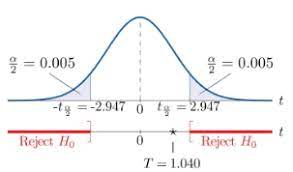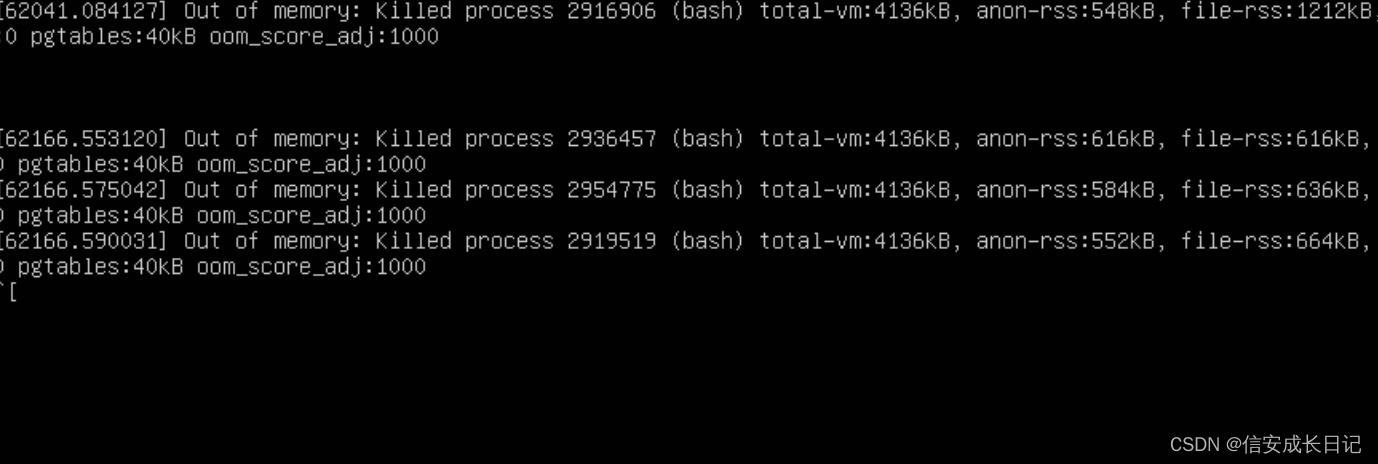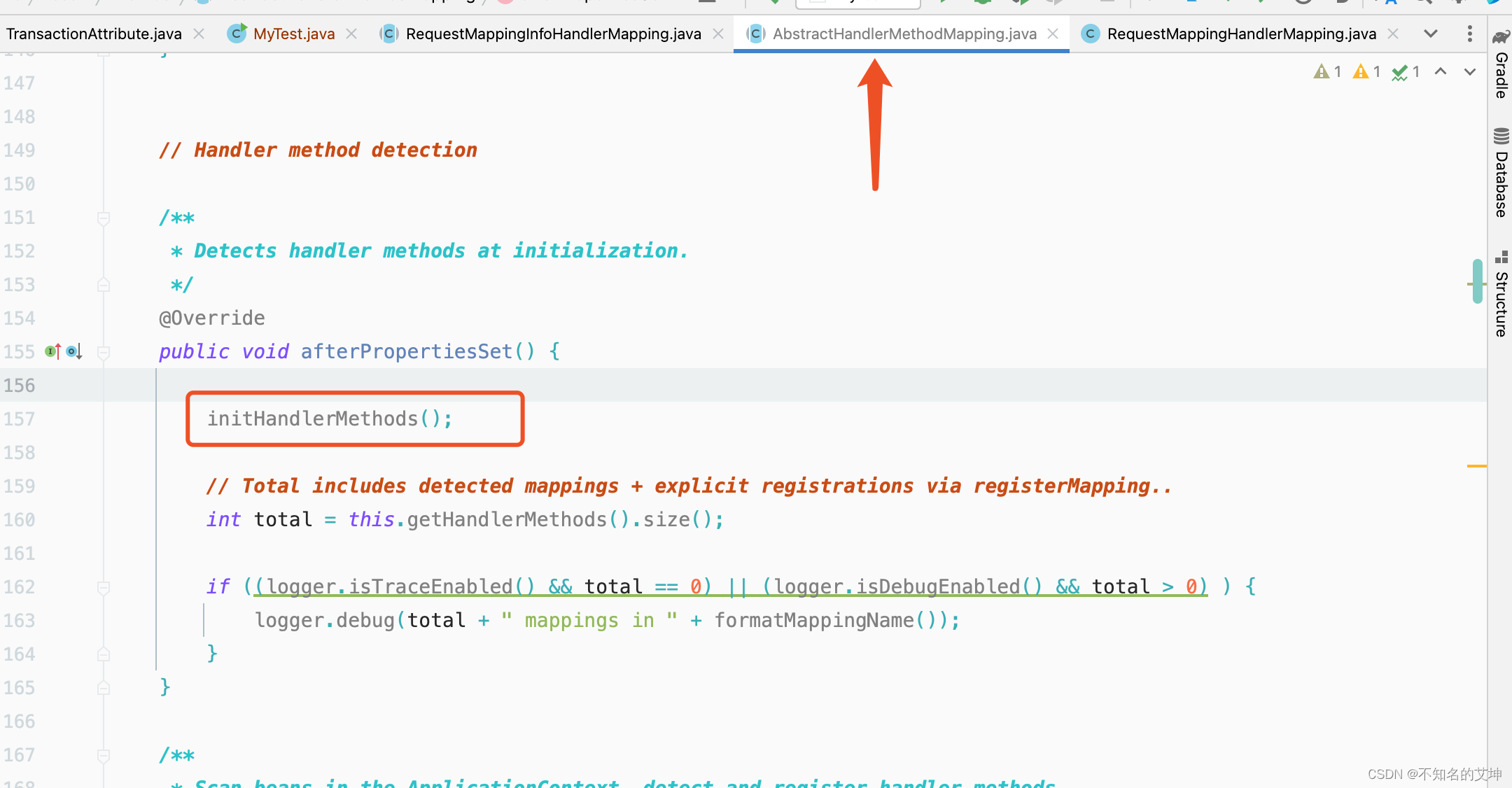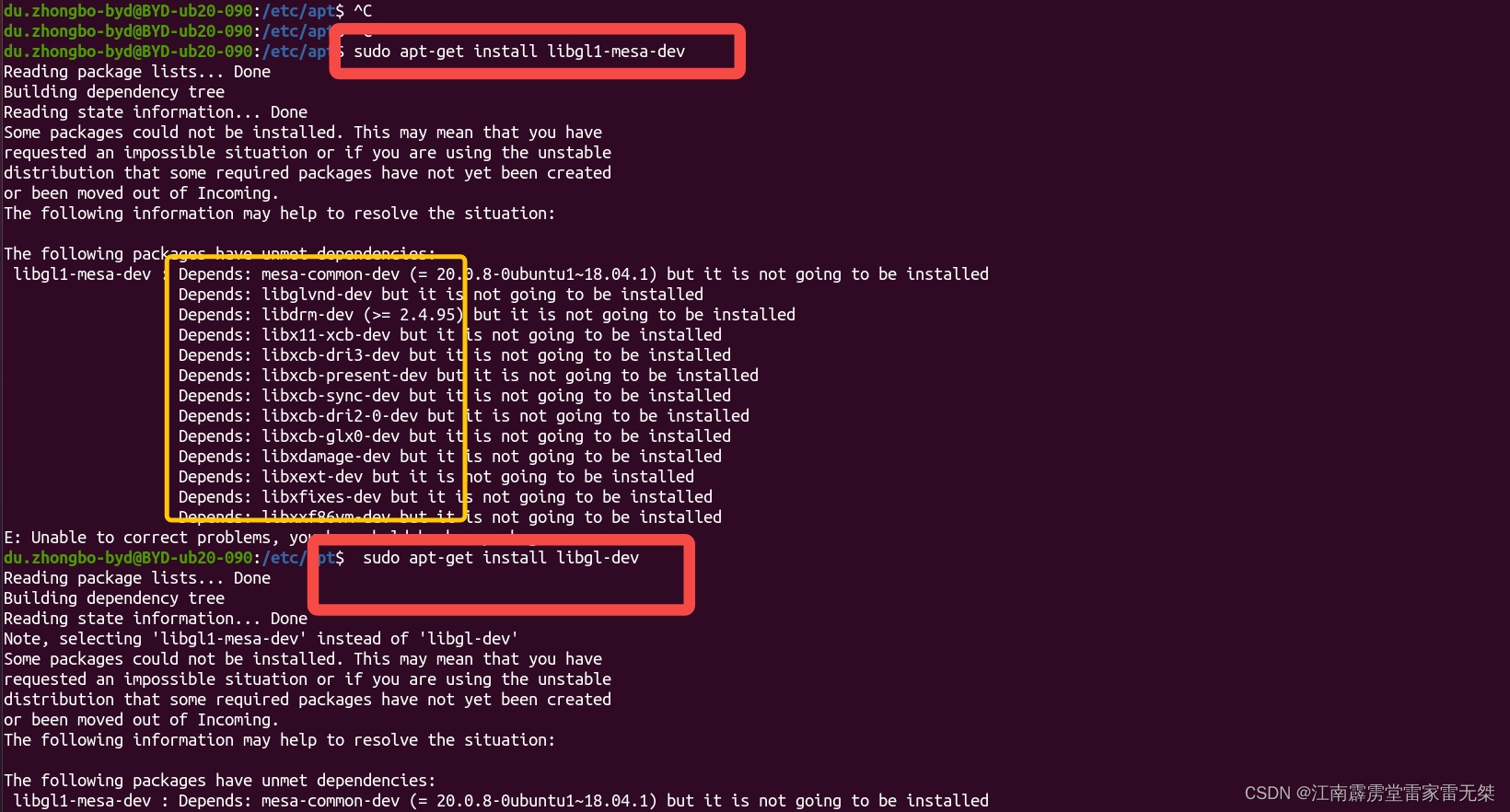文章目录
- 1.构建图
- 2.使用networkX查找最短路径
- 3.自己构建方法
教程仓库地址:github networkx_tutorial
import networkx as nx
import matplotlib.pyplot as plt
1.构建图
# 创建有向图
G = nx.DiGraph()
# 添加带权重的边
edges = [
(0, 1, 1), (0, 2, 2), (1, 2, 1), (1, 3, 2), (2, 3, 1),
(3, 4, 3), (2, 4, 4), (4, 5, 2), (3, 5, 5),
]
G.add_weighted_edges_from(edges)
# 绘制图
pos = nx.spring_layout(G) # 使用Spring布局
nx.draw(G, pos, with_labels=True, node_size=2000, node_color="lightblue", font_size=10)
nx.draw_networkx_edge_labels(G, pos, edge_labels={(u, v): G[u][v]['weight'] for u, v in G.edges()}, font_color='red')
# 显示图
plt.show()
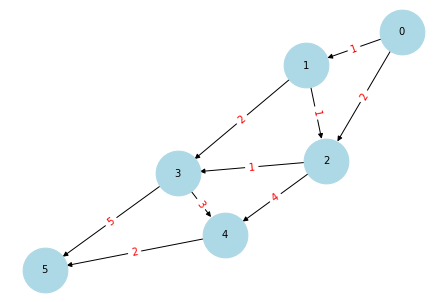
2.使用networkX查找最短路径
from itertools import islice
def k_shortest_paths(G, source, target, k, weight=None):
return list(islice(nx.shortest_simple_paths(G, source, target, weight=weight), k))
# 获取 k-最短路径
paths = k_shortest_paths(G, 0, 5, 3, 'weight')
# 输出路径和权重
for i, path in enumerate(paths):
weight = sum(G[path[n]][path[n + 1]]['weight'] for n in range(len(path) - 1))
print(f"Path {i + 1}: {path}, weight: {weight}")
Path 1: [0, 1, 3, 5], weight: 8
Path 2: [0, 2, 3, 5], weight: 8
Path 3: [0, 1, 2, 3, 5], weight: 8
3.自己构建方法
from itertools import count
from heapq import heappush, heappop
import networkx as nx
import pandas as pd
import matplotlib.pyplot as plt
class K_shortest_path(object):
def __init__(self,G, k=3, weight='weight') -> None:
self.G = G
self.k = k
self.weight = weight
self.G_original = G
def get_path_length(self,G,path:list, weight='weight'):
"""计算每条路径的总阻抗,基于weight
Args:
G (nx.graph): 构建的图
path (list): 路径
weight (str, optional): 边的权重计算基于什么,可以是时间也可以是距离. Defaults to 'weight'.
"""
length = 0
if len(path) > 1:
for i in range(len(path) - 1):
u = path[i]
v = path[i + 1]
length += G.edges[u,v].get(weight, 1)
return length
def find_sp(self,s,t,G):
"""找到第一条P(1)
Args:
s (node): 路径起点
t (node): 路径终点
lenght:P(1)对应的长度
path:P(1)对应的路径 list
"""
path_1 = nx.shortest_path(G=G,source=s,target=t,weight=self.weight)
length_1 = nx.shortest_path_length(G=G,source=s,target=t,weight=self.weight)
# length_1, path_1 = nx.single_source_dijkstra(G,source=s,weight=weight)
return length_1, path_1
def find_Pi_sp(self,source,target):
if source == target:
return ([0], [[source]])
G = self.G
k = self.k
length, path = self.find_sp(G=G,s=source,t=target)
lengths = []
paths = []
lengths.append(length)
paths.append(path)
c = count()
B = []
G_original = self.G.copy()
for i in range(1, k):
for j in range(len(paths[-1]) - 1):
spur_node = paths[-1][j]
root_path = paths[-1][:j + 1]
edges_removed = []
for c_path in paths:
if len(c_path) > j and root_path == c_path[:j + 1]:
u = c_path[j] #节点
v = c_path[j + 1] #节点
if G.has_edge(u, v): #查看u,v节点之间是否有路径
edge_attr = G.edges[u,v]['weight']
G.remove_edge(u, v) #移除边
edges_removed.append((u, v, edge_attr))
for n in range(len(root_path) - 1):
node = root_path[n]
# out-edges
dict_d = []
for (u,v,edge_attr) in G.edges(nbunch =node,data = True ):
# for u, v, edge_attr in G.edges_iter(node, data=True):
edge_attr = edge_attr['weight']
dict_d.append((u,v))
edges_removed.append((u, v, edge_attr))
G.remove_edges_from(dict_d)
if G.is_directed():
# in-edges
in_edges_d_list = []
for (u,v,edge_attr) in G.edges(nbunch =node,data = True ):
# for u, v, edge_attr in G.in_edges_iter(node, data=True):
# edge_attr = edge_attr['weight']
edge_attr = G.edges[u,v]['weight']
# G.remove_edge(u, v)
in_edges_d_list.append((u,v))
edges_removed.append((u, v, edge_attr))
G.remove_edges_from(in_edges_d_list)
spur_path_length, spur_path = nx.single_source_dijkstra(G, spur_node, weight=self.weight)
if target in spur_path and spur_path[target]:
total_path = root_path[:-1] + spur_path[target]
total_path_length = self.get_path_length(G_original, root_path, self.weight) + spur_path_length[target]
heappush(B, (total_path_length, next(c), total_path))
for e in edges_removed:
u, v, edge_attr = e
G.add_edge(u, v, weight = edge_attr)
if B:
(l, _, p) = heappop(B)
lengths.append(l)
paths.append(p)
else:
break
return (lengths,paths)
if __name__ =='__main__':
# 创建有向图
G = nx.DiGraph()
# 添加带权重的边
edges = [
(0, 1, 1), (0, 2, 2), (1, 2, 1), (1, 3, 2), (2, 3, 1),
(3, 4, 3), (2, 4, 4), (4, 5, 2), (3, 5, 5),
]
G.add_weighted_edges_from(edges)
for u, v, weight in edges:
G.add_edge(u, v, weight=weight)
KSP = K_shortest_path(G=G,k=3,weight='weight')
KSP.G
# 绘制图
pos = nx.spring_layout(KSP.G) # 使用Spring布局
nx.draw(KSP.G, pos, with_labels=True, node_size=2000, node_color="lightblue", font_size=10)
nx.draw_networkx_edge_labels(KSP.G, pos, edge_labels={(u, v): KSP.G[u][v]['weight'] for u, v in KSP.G.edges()}, font_color='red')
# 显示图
plt.show()
# 最短路径查询
source = 0
target = 5
(lengths,paths) = KSP.find_Pi_sp(source=source,target=target)
k_df = pd.DataFrame((lengths,paths)).T
k_df.columns = ['weight','path']
print(k_df)

weight path
0 8 [0, 1, 3, 5]
1 8 [0, 2, 3, 5]
2 8 [0, 1, 2, 3, 5]



